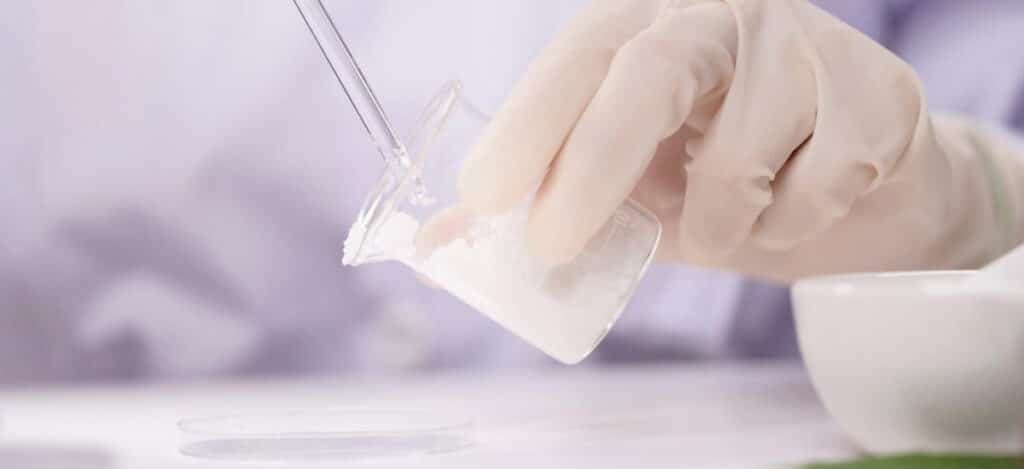Bioburden Testing vs. Environmental Monitoring
What is bioburden?
The “bio” in bioburden refers to live biological organisms, and the “burden” in bioburden refers to the concentration of the viable biological organisms. Thus, bioburden is the concentration or quantity of microorganisms in a given area or from a particular sample. The higher the concentration of viable organisms on a device or product, the higher the burden is to kill those organisms, whether it is killing the organisms through sterilization procedures or killing the organisms through the effort of the human immune system.
What is environmental monitoring?
Environmental monitoring is the tools and techniques used to observe an environment, characterize an environment’s quality, and ensure that an environment meets established acceptance criteria.
How do bioburden and environmental monitoring relate?
Bioburden has to do with identifying the microbial burden in a sample. The microbial burden is the quantification of all live microorganisms (fungi, bacteria, etc.) using colony-forming units (CFU’s). Environmental monitoring for medical products and medical devices controls the microbial acceptance criteria for the manufacturing environments throughout the entire lifecycle of the product, from raw materials to end-use or expiration. Traditionally microbiology sampling and testing are used to monitor manufacturing environments for medical devices and products. The bioburden in a manufacturing environment and the specific types of microbes that are populating the environment are of interest to manufacturing facilities. Thus, bioburden is a metric used to monitor both the products themselves and their manufacturing environments.
What are the differences between bioburden testing and tests for environmental monitoring?
Bioburden testing measures the viable organisms present in a sample. The total viable organisms present is expressed as a total viable count. This total viable count (expressed as CFU’s) provides a value for the microbial contamination level within a particular sample. Combined bioburden and microbiology testing can identify what types of live microorganisms are present in a sample from a product, package, or manufacturing environment. Though bioburden testing may be referred to synonymously with microbiology testing, microbiology testing allows for the specific type of live microorganism to be identified and quantified. Bioburden testing follows the methods outlined in USP 60, USP 61, and USP 62.
Bioburden testing is a key component of environmental monitoring for microbial contamination. Bioburden testing for environmental monitoring involves sampling the air, water, and manufacturing surfaces for microbes. In this way, bioburden and environmental monitoring integrate and work together to keep microbial levels in manufacturing environments within specified acceptance criteria. Environmental sampling techniques make bioburden testing for environmental monitoring differ from traditional bioburden assays that may test medical devices, product packaging, or products directly. Multiple USP guidance documents (USP 1211, USP 1115, USP 1116, etc.) govern environmental monitoring.
Why are bioburden testing and tests for environmental monitoring important?
Environmental monitoring is an important quality control metric. It is particularly critical for verifying your medical device or product is devoid of microbes during various phases of manufacturing, packaging, transportation, and storage. Bioburden levels are a key metric of environmental monitoring for microbial contamination. As a result, bioburden tests are used to monitor clean rooms and facilities that manufacture products using aseptic processing.
Like environmental monitoring, bioburden testing is an important quality control step that detects the level of contamination of a product at any stage, from initial product manufacture to final distribution. As microorganisms exist on every surface (including our body), bioburden can be accidentally introduced during the manufacturing or packaging process in many ways. Some of the most common examples are contamination through the raw materials used, technicians, tubing/piping used to transfer product between development stages in a process, or the manufacturing environment itself. With such abundant sources of contamination, regular bioburden testing supports the long-term control of manufacturing sites.

Summary
Overall, both bioburden testing and tests for environmental monitoring are imperative for regulatory approval of medical devices or products. These tests ensure that medical devices, products, manufacturing environments, and packaging are free from viable microbial contaminants and maintain sterility. Maintenance of sterility ensures that patients will not be at risk of infection following device exposure or product implantation. Ensure you choose a contract manufacturing organization that can support you with appropriate bioburden and environmental monitoring tests for your unique medical device or product needs.
Ethide Labs is a contract testing organization that specializes in Environmental Monitoring and Bioburden Testing. Ethide Labs provides in-vitro cytotoxicity tests in-house and outsources in-vivo cytotoxicity work for toxicity testing of medical devices, products, and drugs. Ethide Labs also offers Sterilization Validations, Microbiology Testing, Bacterial Endotoxin Testing, EO Residual Testing, Package Integrity Testing & Cytotoxicity Testing services for medical device companies and allied industries. Ethide is an ISO 13485 certified facility.
References
Frank R. Noyes. Noyes’ Knee Disorders: Surgery, Rehabilitation, Clinical Outcomes. Elsevier. 2010.
United States Pharmacopeial Convention. <60> Microbiological Examination of Nonsterile Products- Tests for Burkholderia Cepacia Complex. Rockville, MD, USA. 2021. (USPC <60>).
United States Pharmacopeial Convention. <61> Microbiological Examination of Nonsterile Products: Microbial Enumeration Tests. Rockville, MD, USA. 2021. (USPC <61>).
United States Pharmacopeial Convention. <62> Microbiological Examination Of Nonsterile Products: Tests For Specified Microorganisms. Rockville, MD, USA. 2021. (USP <62>).
United States Pharmacopeial Convention. <1115> Bioburden Control of Non-Sterile Drug Substances and Products. Rockville, MD, USA. 2021. (USPC <1115>).
United States Pharmacopeial Convention. <1116> Microbiological Control & Monitoring of Aseptic Processing Environments. Rockville, MD, USA. 2021. (USPC <1116>).
United States Pharmacopeial Convention. <1211> Sterility Assurance. Rockville, MD, USA. 2021. (USPC <1211>).
Share this in your social networks


